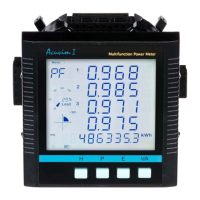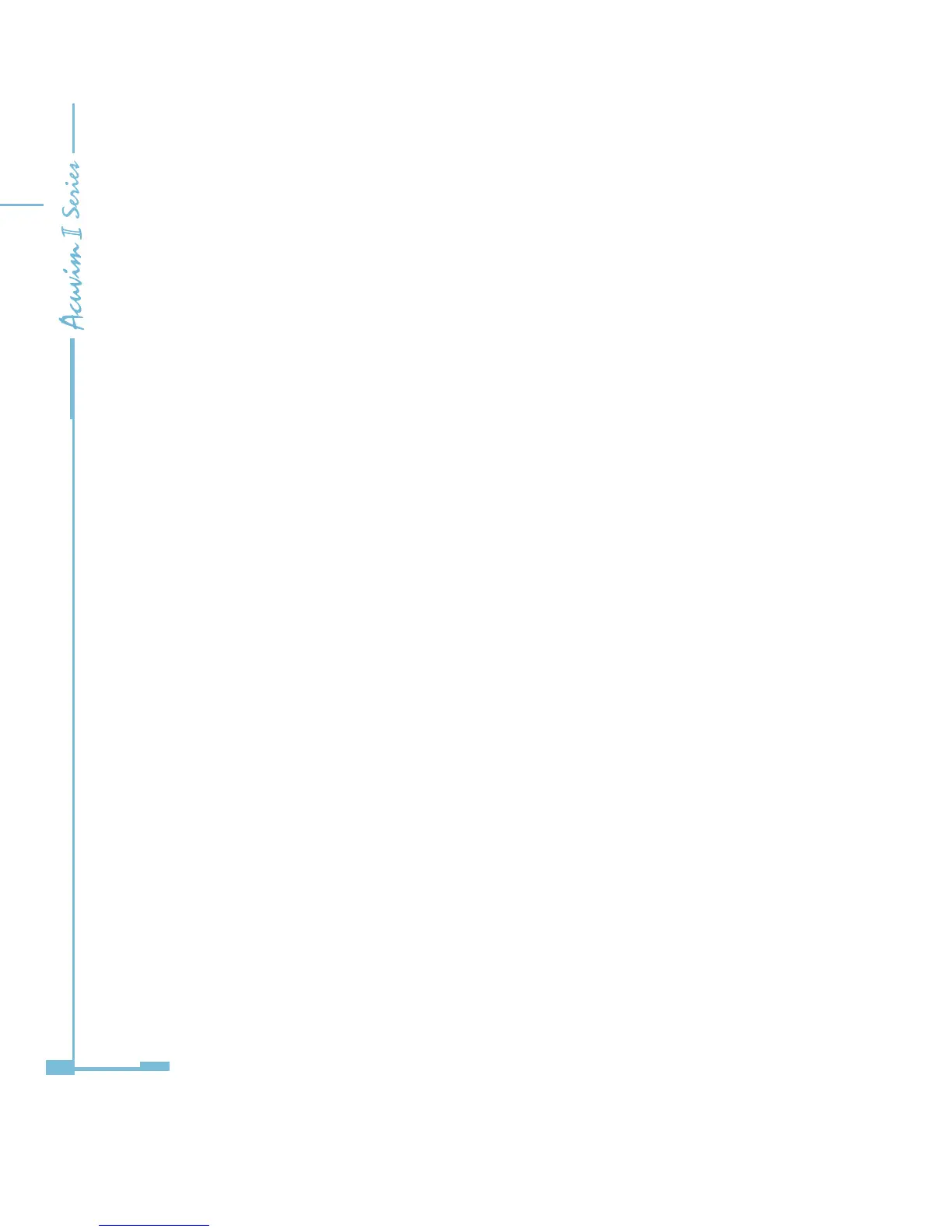278
Registers: 1177H– 11B1H
Size: 1 byte per item, 117 bytes (59 registers)
While the register list describes what to log, the Item descriptor list describes
how to interpret that information. Each descriptor describes how many Modbus
addresses are used to describe a parameter. Either 1 or 2 addresses will be used
for each parameter.
For example: If the first descriptor is 2, and the second descriptor is 1, then
the rst 2 register items belong to the 1
st
descriptor, and the 3
rd
register item
belongs to the 2
nd
descriptor.
NOTE: As can be seen from the example above, it is not a 1-to-1 relation
between the register list and the descriptor list. A single descriptor may refer to
two register items.
4) Logging Timer setting
If data logging only record one period data, or only start from one specic time,
corresponding time and logging mode should be set then data logging can
work well.
Modbus address 11B2H is used as the logging mode select. When value is 0,
logging mode is set to mode1, without time setting. When value is 1, logging
mode is set to mode2, so 11B3H-11B5H (start year, month, day, hour, minute,
and second) and 11B6H-11B8H (end year, month, day, hour, minute, and
second) should be set. When value is 2, logging mode is set to mode3, so only
11B4H (hour) and 11B5H (minute) should be set. How data logging works is in
Chapter 4.

